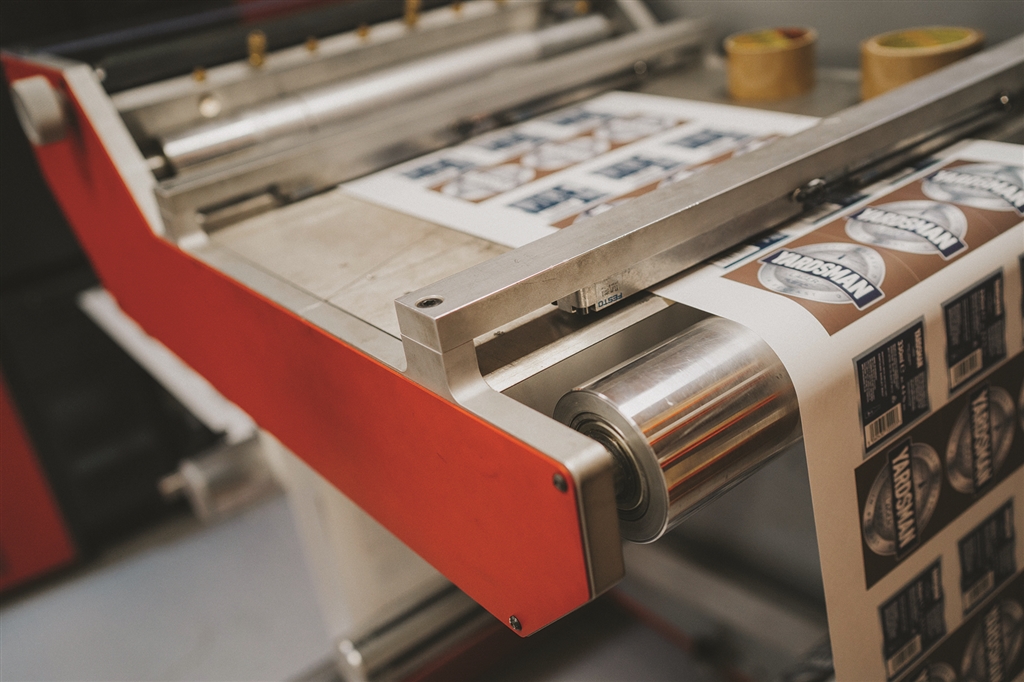The rise of e-commerce has completely revolutionized the way we shop and do business today. While online marketplaces offer convenience and accessibility, they also present unique challenges when it comes to security. One essential solution that has emerged in response to these challenges is security printing for online marketplaces. This article will delve into the importance of security printing, its benefits, and how it can protect online businesses from fraud and counterfeiting.

Understanding Security Printing
Security printing refers to the various techniques used to prevent forgery, tampering, and counterfeiting of documents and products. It involves incorporating special features into printed materials that are difficult to replicate. This is crucial for online marketplaces, where authenticity and trust are paramount.
Why is Security Printing Important for Online Marketplaces?
Online marketplaces are particularly vulnerable to counterfeit goods and fraudulent transactions. With millions of transactions taking place daily, ensuring the authenticity of products and protecting consumer trust is a significant challenge. Security printing for online marketplaces offers a robust solution by providing unique identifiers and features that are challenging to duplicate.
Preventing Counterfeit Products
One of the primary challenges faced by online marketplaces is the presence of counterfeit products. These fake items not only harm the reputation of legitimate sellers but also put consumers at risk. Implementing security printing techniques, such as holograms, watermarks, and special inks, can significantly reduce the circulation of counterfeit goods.
For a deeper understanding of how security printing is used to combat counterfeiting, you can visit Security Printing as a Defence Mechanism.
Enhancing Consumer Trust
Trust is the foundation of any successful online marketplace. Consumers need to feel confident that the products they purchase are genuine and of high quality. By integrating security printing measures, online platforms can assure customers of the authenticity of their purchases, thereby enhancing trust and encouraging repeat business.
Types of Security Printing Techniques
There are several security printing techniques that online marketplaces can employ to protect their products and transactions:
Holograms and Foil Stamping
Holograms are three-dimensional images that change appearance when viewed from different angles. They are challenging to replicate, making them an effective tool for preventing counterfeiting. Foil stamping adds a metallic finish to printed materials, further enhancing their security features.
Watermarks
Watermarks are images or patterns embedded into paper or other materials during the manufacturing process. They are visible when held up to the light and are difficult to reproduce, making them a valuable security feature.
UV Inks
UV inks are invisible under normal lighting conditions but become visible under ultraviolet light. This added layer of security makes it challenging for counterfeiters to replicate authentic products.
The Role of Serialization in Security Printing
Serialization involves assigning a unique identification number to each product or document. This number can be tracked throughout the supply chain, providing a clear record of its origin and journey. Serialization is a critical component of security printing for online marketplaces as it enables traceability and helps identify counterfeit products quickly.
Learn more about serialization and its impact on the pharmaceutical industry by visiting Pharmaceutical Serialization Compliance.
Implementing Security Printing in Online Marketplaces
Integrating security printing into an online marketplace requires careful planning and execution. Here are some steps businesses can take to implement these measures effectively:
Choosing the Right Security Printing Partner
Working with a reputable security printing partner is crucial for ensuring the effectiveness of your anti-counterfeiting measures. A reliable partner can provide valuable insights and guidance on the best techniques to use for your specific needs.
For tips on selecting a security printing partner, check out Choosing the Right Partner.
Training Staff and Partners
Ensuring that your staff and partners are well-versed in security printing techniques is essential for successful implementation. Regular training sessions can help everyone involved understand the importance of these measures and how they protect the business.
Monitoring and Evaluation
Regularly monitoring and evaluating the effectiveness of your security printing measures is essential for staying ahead of counterfeiters. This can involve conducting audits, analyzing data, and making necessary adjustments to your strategy.
The Future of Security Printing for Online Marketplaces
As technology continues to evolve, so too will the methods used by counterfeiters. To stay ahead, online marketplaces must remain vigilant and adapt their security measures to meet new challenges. Innovations such as blockchain technology and AI-driven solutions are promising developments in the field of security printing.
Conclusion
In conclusion, security printing for online marketplaces is an essential tool for protecting businesses and consumers alike. By implementing robust security measures, online platforms can combat counterfeiting, enhance consumer trust, and ensure the authenticity of their products. As the digital landscape continues to evolve, staying informed and proactive will be key to maintaining the integrity of online marketplaces.

FAQs
What is security printing?
Security printing involves using various techniques to prevent forgery, tampering, and counterfeiting of documents and products. It is crucial for protecting the authenticity and integrity of printed materials.
How does security printing help online marketplaces?
Security printing helps online marketplaces by preventing counterfeit products, enhancing consumer trust, and providing unique identifiers that are difficult to replicate.
What are some common security printing techniques?
Common security printing techniques include holograms, watermarks, UV inks, foil stamping, and serialization. These methods provide unique identifiers and features that make counterfeiting difficult.
This article contains affiliate links. We may earn a commission at no extra cost to you.







